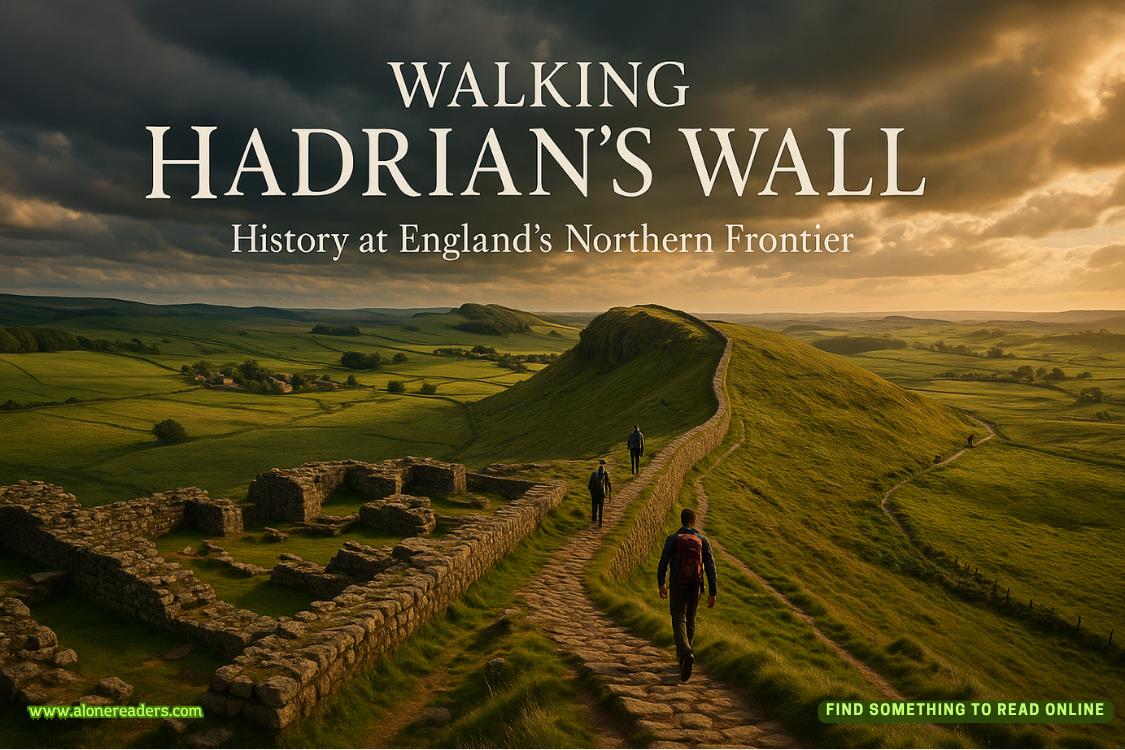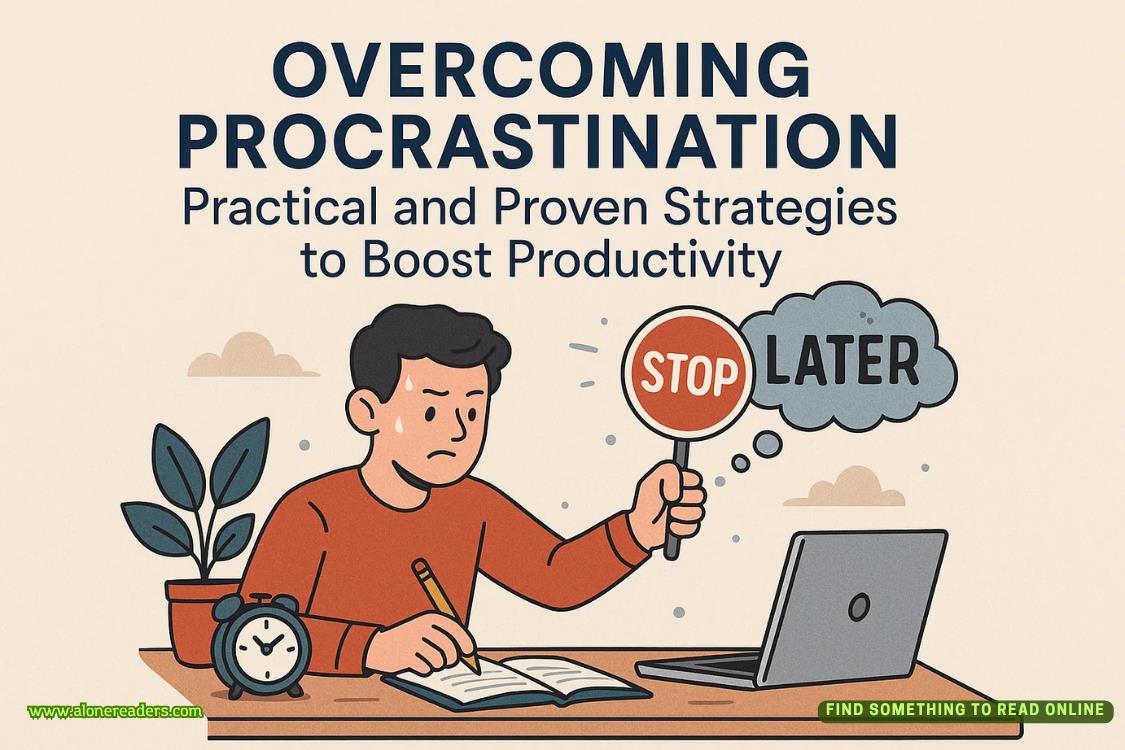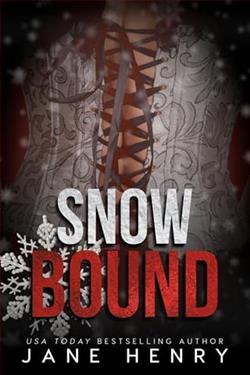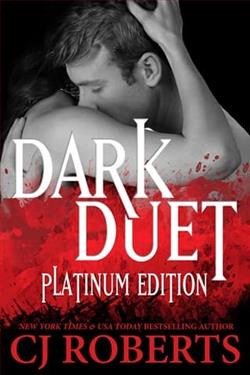Page 102 of The Devil Colony (Sigma Force 7)
“Amazing,” Rafael said.
“Let’s see if it helps us.” Painter moved to the computer keyboard, opened a data stream to a NASA technician in Houston, and sent the large file. Once it was received, the team in Houston would set about using the satellite data collected over the past hour and compare the real-world terrain of Yellowstone to this holographic image. With a bit of luck, they’d find a match.
“This may take a few minutes,” Painter said.
Rafael stared at the golden jar and muttered. “Let’s hope not too many minutes.”
4:34 A.M.
Hank crouched beside the table, opposite from Painter and the Frenchman. He kept his gaze fixed on the canopic jar, feeling possessive about it, as he’d been the one who found the artifact down in the Anasazi’s kiva. He imagined one of the Tawtsee’untsaw Pootseev devoutly inscribing this sacred object. Painter was right. It had to be important and could point them to the location of the lost city.
Hank also felt that the landscape was a significant clue. In fact, it nagged at him. There was something vaguely familiar about the picture, especially that small volcano in the center; he felt as if he’d seen it somewhere before, yet he’d never visited Yellowstone.
So how could that be? What am I forgetting?
Racking his memory, he finally gave up and turned his attention to the other mystery on the gold jar.
Leaning down, Hank studied the writing etched onto its opposite side, wondering again if he was gazing upon the letters of the language that the Book of Mormon described as reformed Egyptian. His linguist colleague back at BYU who had helped identify the writing on the gold plates had an equally fanciful name for this script: the alphabet of the Magi.
Hank studied the writing and considered the scribe who had etched the letters onto the jar ages ago. Were the Tawtsee’untsaw Pootseev some kind of scholarly sect, masters of a lost technology who had fled the Holy Lands centuries before Christ’s birth? Did these fleeing Israelites—these Nephites—come to North America to preserve and protect their knowledge, some mix of Jewish mysticism and Egyptian science?
Oh, if only I could talk to one of them . . .
But maybe one of them was speaking to him now, through these flowing lines of proto-Hebrew. Still, Hank knew he would need help to understand the message he was receiving.
He straightened and interrupted Painter, who was in conversation with the Frenchman. It seemed as if the enemies had become colleagues. Still, Hank noted the nervous edge to Painter’s mien, the quickness with which his fingers formed themselves into fists, the angry pinch to his eyes, the clipped manner of his speech. He imagined it was taking all of the man’s control to keep from ripping Rafael’s head from his shoulders. Hank also saw the raw wound in Painter’s eyes, born of guilt and pain, whenever he looked in Kai’s direction.
It was made worse by the waiting and tension.
Hank offered him something to do. “Painter, could we use your tool to take a photo of the writing on this side of the jar? I can send it to my colleague, the expert in ancient languages and linguistics. When I spoke to him last, he believed he might be able to help us translate it. Not the entire message, mind you. He thought he might be able to pick out a few words here and there, those bits that still bear some relation to modern Hebrew.”
“At this point, I’ll take any help I can. Even a single word could be the final key to solving this puzzle.”
Hank was hanging back while Painter and the French team worked to get a copy uploaded to BYU when he accidentally bumped into the carrying case that had been used to transport the canopic jar.
Hmm . . .
Painter suddenly called out, drawing everyone’s attention.
“NASA just sent word. We got a hit!”
Chapter 36
June 1, 7:06 A.M.
Hohenwald, Tennessee
The sun had come up by the time they were able to off-load the backhoe from the flatbed. Gray trundled the earthmover across the empty parking lot of the Meriwether Lewis State Park. The recreation area lay about eighty miles south of Nashville along the Natchez Trace Parkway. At this hour, the park was still closed, and the gravesite they sought was well off the road, surrounded by thick forest.
If they moved quickly enough, they shouldn’t be disturbed.
Earlier, Kat had cleared the way for this little bit of grave robbing by arranging permits for a bogus sewer repair job to cover their actions, along with renting the backhoe from a local heavy-equipment dealer in the nearby town of Hohenwald.
Monk and Seichan, both suited up in blue utility jumpers and carrying shovels, led the way from the parking lot.
Gray followed, working the two brakes to control his turns and peering over the top of the loading bucket. He’d driven tractors and backhoes as a kid back in Texas. He was rusty, but it was coming back to him.
Entering the main grounds, they passed several commemorative and informational signs, as well as a restoration of the original Grinder’s Stand, where Lewis died. The log structure stood to one side of the park. The grave marker lay ahead, across a swath of lawn. It was a simple monument with a stacked stone base holding up a broken plinth of limestone, symbolic of a life that was cut short.
Gray headed across the lawn toward it, going slowly.
Once they got close enough, Monk circled his arm in the air. “Turn her!”
Gray obeyed, swinging the backhoe fully around, to bring the rear boom and bucket to bear. He shifted into neutral and set the brake. Once the machine was ready, he swiveled his seat to face the stubby controls to the rear digging arm and lowered the stabilizer legs to either side.
But before digging, he had to do a little clearing.
With a cringe against the violation he was about to commit and a silent apology to the dead pioneer, Gray lifted the boom and extended the arm, using the bucket like a ram against the top of the pillar. Hydraulics whined and slowly the broken plinth toppled over, ripping out of its stacked-stone base. It crashed, penetrating deep into the lawn on the far side.
Once that was done, it took another fifteen minutes to remove the base: scooping stone and mortar and dumping it to the side. After this, Gray pointed the bucket’s teeth to the ground and began to dig in earnest, one scoopful at a time.
Monk and Seichan helped guide his actions, checking after each bucket load, jumping in and searching around with their spades. Finally, a sharp whistle drew Gray’s attention. Monk straightened from the hole and pointed down.
“Time to wake up the dead!”
Monk and Gray cleared the rest of the way with the shovels. Monk had a bit of difficulty with only one hand, but he’d learned long ago to manage most tasks through the artful use of his stump.















